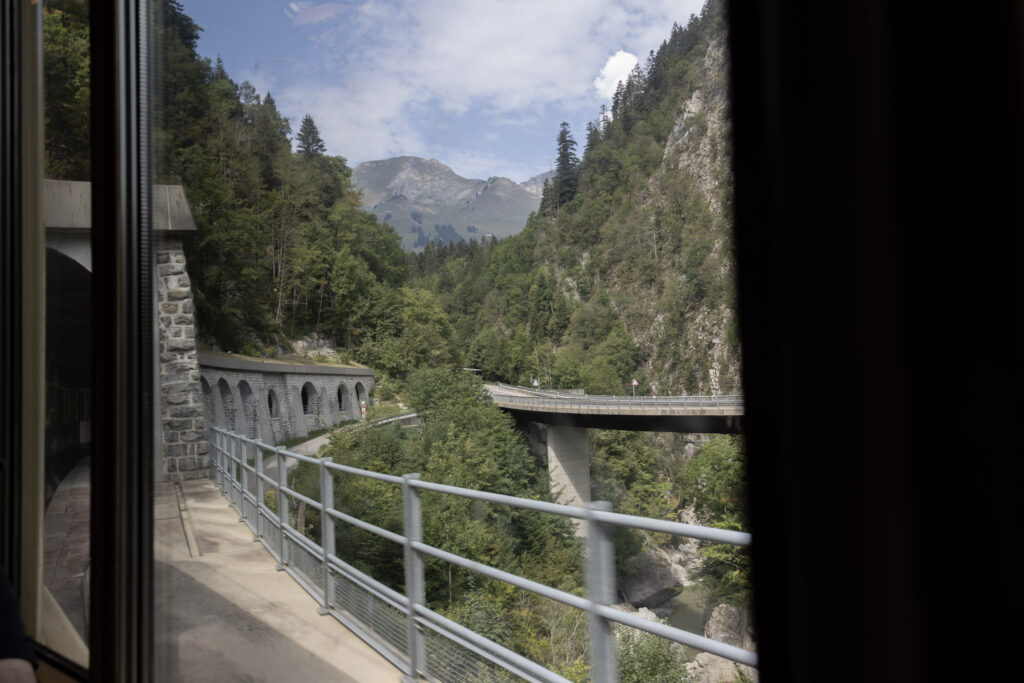
I once read that overnight train rides were for those who craved a different form of travel- one that doesn’t feel rushed, but simply allows you to sit back and enjoy the show. Admittedly I was more eager for my 13-hour NightJet sleeper train from Prague to Zurich than for the four-day stay in Prague itself.
In the weeks leading up to the trip, I pictured myself gliding through the Austrian and Swiss Alps, lulled to sleep by the steady rhythm of an old steam train chugging slowly along the tracks.
Unlike my imagination, the sleeper train was not from the 1800s, nor powered by steam, and the journey kept me wide-eyed throughout the night as we twisted and turned on the railway. Nevertheless the train felt magical, drifting between countries as the night unfolded — evening in the Czech Republic, sunrise over Germany, and coffee in hand as we arrived into Switzerland.
- A Brief History of the Sleeper Train
- About the ÖBB Nightjet
- Route Overview: Prague to Zurich by Nightjet
- Types of Accommodation on the Nightjet
- Onboard Experience: What to Expect
- Tickets and Booking Tips
- Are Sleeper Trains Safe?
- Why Choose the Night Train Over Flying?
A Brief History of the Sleeper Train
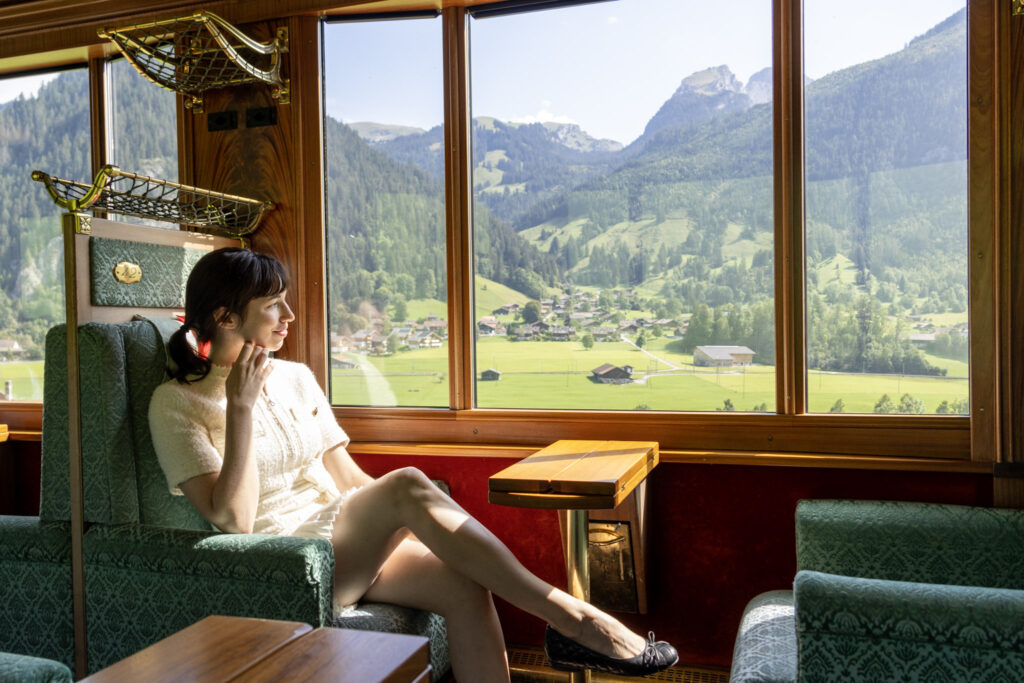
Sleeper trains first appeared in the United States in the 1830s, but it was engineer George Pullman who revolutionized them in the 1860s. His “palace on wheels” brought hotel-like comfort to long-distance travel.
Pullman’s presidential train carried Abraham Lincoln’s body from Washington D.C. to Springfield, Illinois after his assassination, comprised of luxury cars for Lincoln’s family. This event increased demand for sleepers in the vast continental United States. The Pullman trains were marketed as a luxury for the middle class. The carriages were staffed by Black attendants, many of whom had been formerly enslaved. According to this article, they were all strangely instructed to introduce themselves as “George”.
Pullman’s carriages helped romanticize rail travel, later inspiring Agatha Christie’s famous mystery Murder on the Orient Express. Not just a train, but rather a “Gateway to the Orient”, passengers embarked on a seven-day journey from Paris to Constantinople. The train was occupied by history’s A-list, including Russian author Leo Tolstoy, T.E. Lawrence (Lawrence of Arabia), a slew of famous ballerinas, and alleged WWI spy Mata Hari (who officials blamed for the death of up to 50,000 French soldiers due to her espionage activities on behalf of Germany- however it is believed that she was a scapegoat for France’s setbacks during the war. A story for another blog post).
The development of air travel pushed the Orient Express to its decline, which made its last journey between Paris and Istanbul in May of 1977.
As Mark Twain once said: “History never repeats itself, but it often rhymes.” While several European trainlines were cut between 2005 and 2015 due to lower cost flight options and quicker travel times, the romance of the sleeper train has made a comeback since the COVID-19 pandemic. Travelers are increasingly interested in more sustainable options when journeying abroad. Or perhaps some are simply nostalgic for the railway’s golden age.
In 2016, the Venice Simplon Orient Express opened up its art deco interiors, gleaming oak wood details and plush cushioned seats, with ticket prices soaring from £3,530 (approximately US$ 4,700) per person for a ticket from Venice to Paris, and up to £61,200 (approximately US$ 82,258) for a Grand Suite to Istanbul.
While my purse strings are a bit too snug for a trip on the Venice Simplon Orient Express (although if the universe grants me the privilege of celebrating a 50th birthday, why not?), I opted for a more cost-efficient train: the Nightjet.
About the ÖBB Nightjet
With the rise of low-cost airlines and high-speed train travel, the romance of lengthy, overnight trains fizzled out in the 1990s and early 2000s. In 2015, Germany’s Deutsche Bahn announced that it would retire its entire City Night Line sleeper train network. Like an open restaurant on a Sunday evening when everywhere else is closed, Austria’s railway ÖBB entered as a key player in the night train space. According to train travel expert Mark Smith, blogger of The Main in Seat 61, Austria capsized on this opportunity, purchasing Germany Comfortline sleeping cars and most of the line’s former night routes, including some that did not even serve Austria.
A year later, in 2016, Austria’s government-subsidized Nightjet brand was launched with the ambition of becoming Europe’s leading provider of night train services. In 2023, ÖBB partnered with Siemens Mobility to modernize its fleet, introducing sleeker, more comfortable trains. Today, Nightjet connects Vienna and Zürich with destinations across Germany, Austria, Italy, Hungary, Poland, the Czech Republic, and — more recently — Paris, Brussels, and Amsterdam.
Route Overview: Prague to Zurich by Nightjet
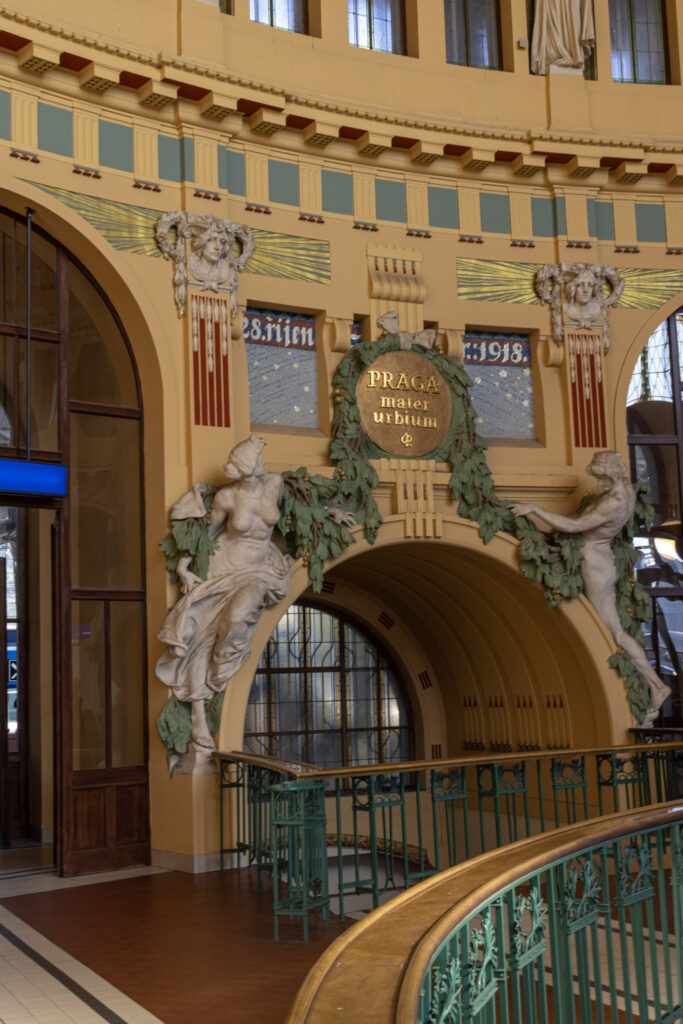
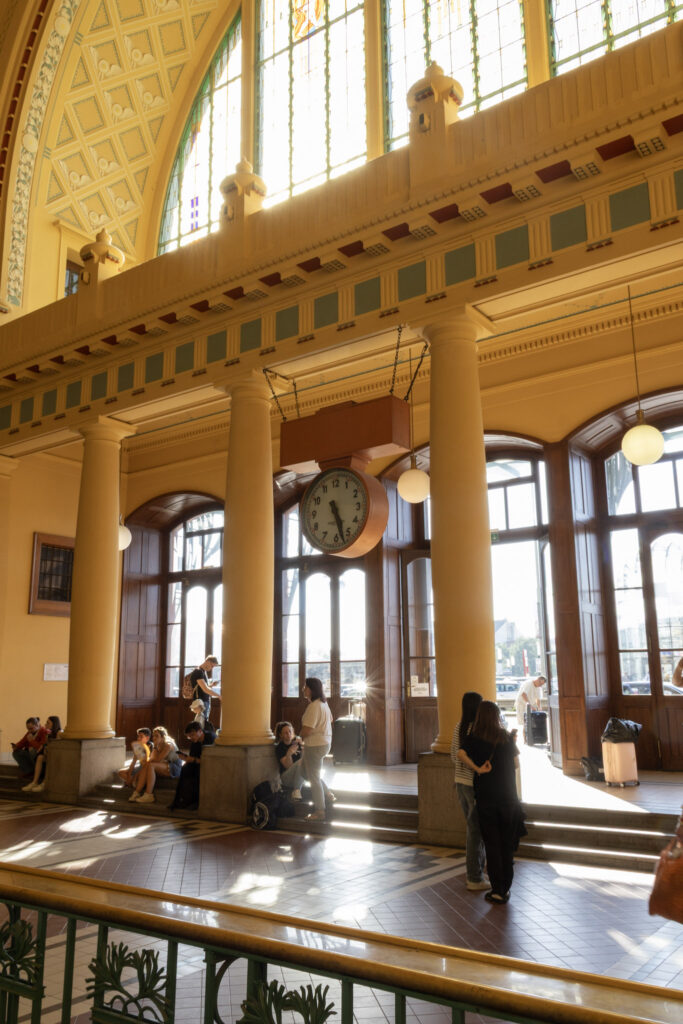
Setting foot into the circular dome of Prague Hlavni Nadrazi (also known as Praha hl.n.), the Czech Republic’s largest railway station, feels like how I imagine the set of a Wes Anderson film. Instead of salmon pinks as in the Grand Hotel Budapest or earthy greens of Moonrise Kingdom, Prague’s railway station opted for mustard yellow.
Even if you are not traveling by train, I highly recommend visiting this railway station for it’s awe-inspiring art deco, or even to sip a café at Fantova Kavarna. Rolling my suitcase in the crowd of hurried travelers, I took a double take at a monument of a door imprinted with childlike hand molds. With my camera packed neatly in my bag, I am today disappointed that I didn’t stop to take a photo. A quick online search of that eerie door on the train ride home informed me that it was built in honor of Nicholas Winton, who helped some 669 primarily Jewish children flee Czechoslovakia during the second world war. A statue of Winton also stands on platform 1.
The 14-hour journey between Prague and Zurich is not for the faint of heart. Throughout the train ride, I was reminded of for my 9-hour car rides between Iowa and Oklahoma throughout my childhood and adolescence. A dear friend of mine shared that she couldn’t imagine living so far away from her family. And while it may seem absurd to some, I grew accustomed to this type of life from an early age. Distance doesn’t mean that you aren’t any less close with someone– it just makes the next hello all the more better.
The passage through the Czech Republic, Germany, and Switzerland is undoubtedly beautiful, though much of it passes under the cover of night. Still, passengers can watch the sunrise in one country and enjoy their morning coffee in another. Below is a recap of Nightjet route 40458 from Prague to Zurich:
| Prague-Holesovice | 18:39 |
| Usti nad Labem hl.n. | 19:43 |
| Decín Central Station | 20:01 |
| Schöna Staatsgrenze | 20:10 |
| Bad Schandau | 20:21 |
| Dresden Central Station | 21:02 |
| Dresden-Neustadt | 21:09 |
| Riesa | 21:43 |
| Leipzig Hbf | 23:18 |
| Erfurt Hbf | 01:23 |
| Fulda | 02:41 |
| Frankfurt (Main) South | 03:41 |
| Mannheim Central Station | 04:22 |
| Karlsruhe Central Station | 05:09 |
| Baden-Baden | 05:28 |
| Offenburg | 05:48 |
| Freiburg (Breisgau) Station | 06:19 |
| Basel Bad Station | 07:12 |
| Basel SBB | 07:48 |
| Zurich HB | 09:04 |
Types of Accommodation on the Nightjet
The Nightjet is comprised of three types seating options:
- Seating carriage: your standard train coach. This is Nightjet’s most affordable option, with prices as low as €30. However, sleeping sitting up is for the incredibly brave.
- Couchette: essentially a hostel on wheels. Couchettes are comprised of either 4 or 6 bunk beds, or “berths” in train speak. Travelers may book one bunk in a compartment with strangers or reserve an entire compartment with bunks for friends or family members. Female travelers can now also request a couchette with female only passengers.
- Sleepers: by far the most comfortable option offered on the Nightjet. Sleepers have one or two bunk beds with a toilet and washbasin, with “Deluxe” sleepers including a small shower. If you wish to travel in complete comfort, I highly recommend the sleeper option!
Onboard Experience: What to Expect

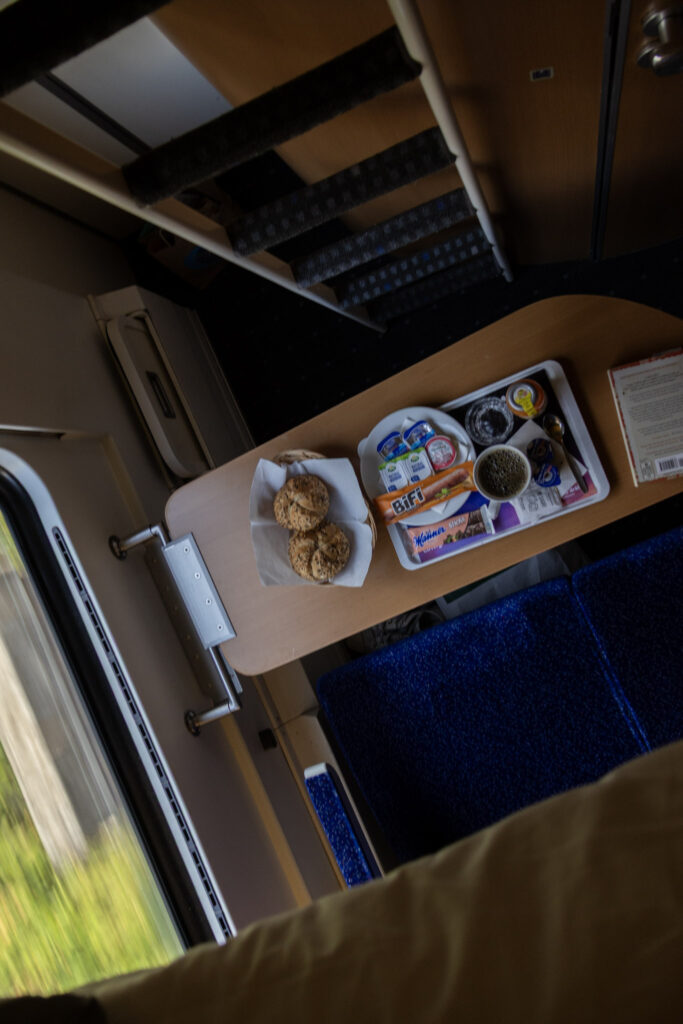
At 20, I was the type of traveler who booked the cheapest budget airline, slept on airport benches at 3 a.m., or shared a cramped hostel room with strangers. Now, as I approach 35, I find myself investing in comfort. I’ll happily pay extra for legroom for my towering husband — and when it came to my first sleeper train in Europe, I wanted to make the most of the experience.
So, I splurged on a Nightjet comfort compartment, designed for one or two passengers (room no. 8, carriage 12). To my delight, it included a private toilet and, to my surprise, even a small shower stocked with travel-sized shampoo, a bar of soap, and a pair of slippers. By train standards, this felt like pure luxury.
Our Nightjet sleeper train began boarding 15-minutes behind schedule. Experienced in train travel throughout France, I wasn’t bothered, unlike several German-speaking passengers around me.
While a plane requires a two, maybe three-hour pre-arrival time for check-in and security, trains do not (meaning you could even arrive five minutes before departure time!) Some railway stations have video surveillance and metal detectors that passengers walk through before boarding; however, I don’t frequently see this. Trains do not specify requirements for the amounts of liquids in suitcases, nor restrictions when it comes to luggage weight.
As the sleek, midnight blue Nightjet train halted next to the platform, a German speaking train conductor began verifying tickets (either printed out or simply on the passengers’ phones). Two passengers ahead of me had bikes in hand. The conversation with the train conductor seemed heated, for all of a sudden he began screaming “NEIN!” one of the few words in German I know (along with “Scheiße”). The couple, who appeared responsible, perhaps in their mid-50s, showed the train ticket again, pointing out their carriage number. The conductor continued screaming, however they ignored him, hopping into the carriage with their bicycles. The conductor, whose face by this time was as red as a beetroot, shouted several phrases in German, repeating the word “Polizei”.
My turn to board was next.
The conductor took a deep breath, his face softening as he examined my ticket. “In the morning, would you like the sweet or salty breakfast?” he said with a smile. “I’ll help with your bedding in one moment”.
Stepping into my small compartment, I felt a childlike joy. Like a hotel, my private compartment came with a key card that activated the lights and air conditioning (a true luxury in Europe). The room had two beds, one of which converted into three seats. I requested the top bunk, which folded down from the wall with the help of the conductor’s key, along with a small ladder to climb into the narrow bed — about 70 cm wide and 192 cm long. When video calling my husband, he said that I looked like an astronaut going into space.
The narrow bed came with a pillow and comforter, but I was grateful to have packed my sleeping bag as extra padding; the metal bed frame was all too easy to feel beneath me. As a light sleeper, the twists and turns of the train kept me wide-eyed much of the night, and the narrow bunk sometimes had me fearing that I might roll right off. (I later learned that some trains even use safety nets strung across the bunks, catching sleepers like circus acrobats!)
While you can order food, I suggest bringing lots of snacks for the 14-hour journey. My bipolar train conductor did pass by 40-minutes before arrival in Zurich with a hot cup of coffee (surprisingly really good and not the dirt water that I was expecting. Maybe there is something beautiful in setting expectations exceedingly low), bread rolls, a stick of what seemed like beef jerky and German chocolate wafers.
Tickets and Booking Tips

Where to Book
- I booked my ticket through the ÖBB (Austrian Railways) website. Tickets are also available on partner websites, such as Trainline or Rail Europe.
Book Early for the Best Price
- Nightjet tickets are sold like airline fares: the earlier you book, the better the deal.
- Fares can start as low as €30 for a seat, but sleeper compartments go fast, especially on popular routes (such as Zurich–Berlin or Vienna–Paris).
Know Your Options
- Seat: cheapest, least comfortable.
- Couchette: good middle ground, especially for families or groups.
- Sleeper: most comfortable, but limited availability — book well in advance.
Rail Pass Holders
- Holders of an Eurail or Interrail Pass can often reserve a Nightjet seat, couchette, or sleeper for an additional fee and dependent on availability. More information on how to book a Nightjet with one of these passes may be found directly on ÖBB’s website here.
Flexibility vs. Savings
- Non-refundable tickets are cheapest. If you’re not sure of your dates, consider a flexible fare (slightly pricier, but refundable).
Traveling Solo?
- Solo travelers booking a couchette or sleeper may be paired with strangers unless they pay to reserve the entire compartment.
- Women traveling alone can request female-only couchettes for extra comfort and peace of mind.
Don’t Forget the Extras
- Sleeper fares typically include breakfast
- Some routes also offer à la carte snacks or drinks available for purchase…although for foodies like myself, remember to pack snacks!
Keep Your Ticket Handy
- Conductors usually check tickets at boarding, and sometimes again during the journey. Mobile tickets are accepted but having a paper backup can be reassuring in areas with low internet connection.
Are Sleeper Trains Safe?
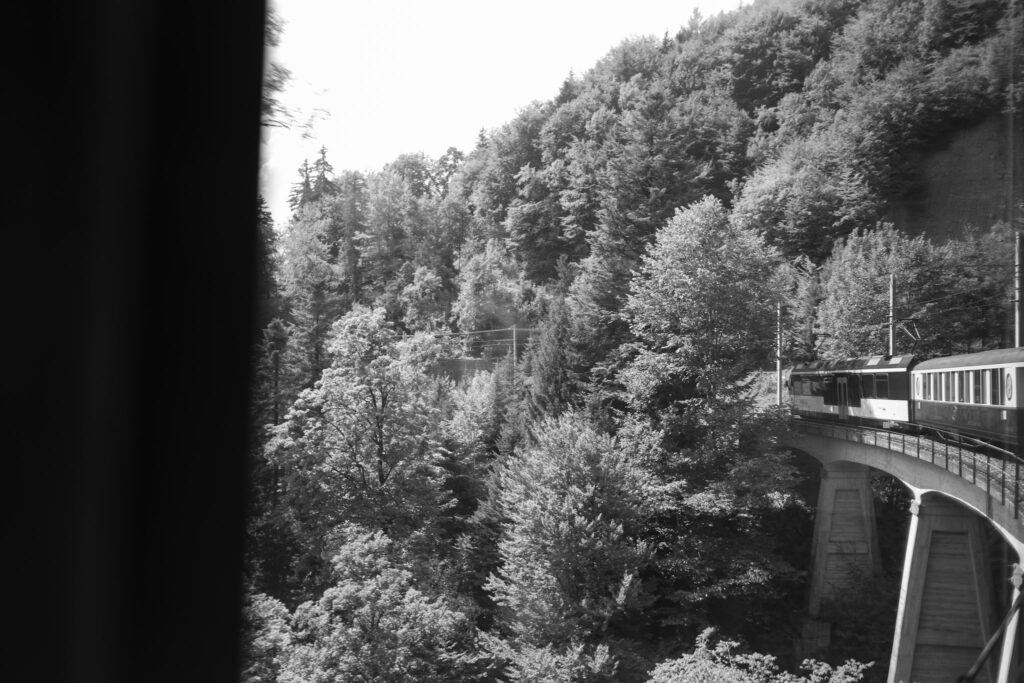
Night trains get a poor reputation when it comes to passenger safety. I feel that the same safety rules on overnight trains apply to most forms of travel: be watchful of your surroundings, but do not be scared to the point that it takes from the experience. Despite how the media sensationalizes much of the world we live in, I do think people are inherently good.
But don’t be stupid. Ya know? When waiting for trains, stay in well attended areas. Get a coffee at a nearby café, write in a nook in a restaurant, instead of standing alone underneath a dim light next to the cutie twitching in the corner.
While I cannot speak for other companies, the Nightjet’s private sleeper cabins as well as the couchettes, or shared cabins of 4-6 passengers, are able to be locked from the inside. Furthermore, it’s easy to press a button to call the attendant to your room in case of any emergency.
When planning missions for a former boss in Taliban-controlled Afghanistan, I learned that it’s safer to take a worn looking vehicle instead of a sleek James Bond-esque mobile with tinted windows, for it draws attention to oneself. I feel a similar approach is needed when storing luggage. In private compartments there is no worry of this, however drawing attention to luggage with large locks or designer branded items scream for attention. Keep your luggage nearby, with valuable papers on your person. Travel guru Rick Steves swears by money belts, while others wear neck pouches or simply sleep with passports under their pillows.
Why Choose the Night Train Over Flying?
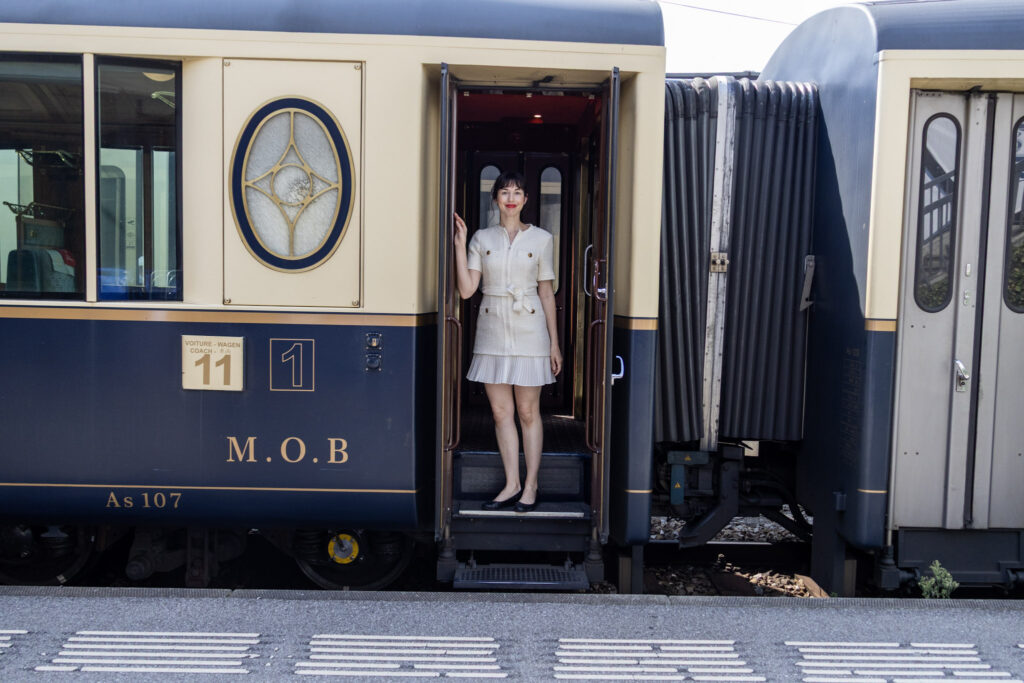
“Why don’t you just take the plane like a normal person?” my husband laughed as we chatted in my astronaut like set up in my sleeper cabin. Indeed, I didn’t get much sleep, for fear that I would topple out of the top bunk.
Yet despite this, I would not hesitate to book the Nightjet sleeper train again. I now have my eyes set on routes through Salzburg, Austria and Zagreb, Croatia.
As awareness of climate impact grows, trains remain one of the most sustainable ways to travel — reducing CO₂ emissions by 80–90% per passenger compared to flying. Nightjet highlights this advantage by showing the savings directly on its tickets: a journey from Prague to Zurich, for example, spares about 233 kg of CO₂ per person compared to traveling by car.
As opposed to the three hour security process in airports, followed by air pressure and air turbulence, trains really do offer a softer alternative to international travel, allowing passengers to sit back, breathe, and watch the world outside pass by.

What a beautiful article! I can’t even imagine how much time it took you to write it. I truly enjoyed reading it and can’t wait for a next one.
Hugs,
Miri
Aw that’s so kind coming from an experienced blogger like yourself! I really enjoyed the process of writing this!